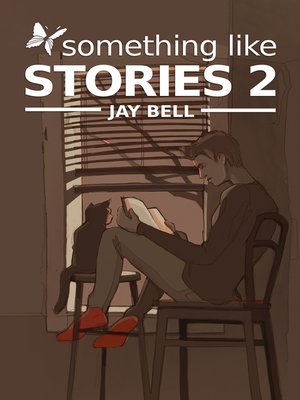

In the end, the Nazi helps save some Jews, the Jew converts to Christianity, and everything’s cool, right? The book’s romance connects a young, blonde, Jewish woman in Dachau with Aric, an SS officer and extermination camp commandant. Meanwhile, the Romance Writers of America nominated Kate Breslin’s For Such A Time in two categories – Best First Book and Best Inspirational Romance. The much-disputed Hugo travesty comes to a head this weekend, and we’ll find out how (and whether) the prestigious science fiction award can be taken back from the misogynistic Gamergate-inspired crew that used a block-voting loophole to seize the nomination process. Again, Storyspace 3 continues to support default links in the conventional way, and also will introduce a new sculptural hypertext facility that makes it easy to provide interesting default links. Even when you’re reading against the grain, the presence of default links is transformative.
Something like storyspace how to#
Now we understand that, much of the time, we don’t know what we want or how to find it: that’s why we’re reading. This was controversial in the early days, back when “free and knowing navigation” was widely regarded as the touchstone of hypertext. Most of the time, if you don’t know which link you want to follow, you can just press “return” and let the author choose the link for you. The classic Storyspace syntax for guard fields was somewhat limited and a bit tricky Storyspace 3 will make this better.Īnother key feature of Storyspace is the notion of the default link.


Guard fields are indispensable for large hypertexts you can manage, some of the time, with visited link colors, but guard fields are far more expressive. One distinctive feature of Storyspace has always been its dynamic links – specifically its guard fields, which effectively turn links on and off as the reader moves through the work. It’s a quick study, so I’ve got a bunch of names to remember.) (The experiment involves a party at a country house. It’s a conventional map view, but in one part of the map I’m keeping track of a bunch of characters. Here’s a shot from the a corner of one of my Storyspace 3 experiments. What have I have missed? And where are the arguments over it? My desk is now awash in monographs and papers: Mason’s “ On Games and Links,” the new(ish) Janet Murray monograph that nobody (literally) mentioned to me, Harmut Koenitz’s collection on Interactive Digital Literature. But these papers are meant to be read, and perhaps discussed and argued about the other sort are meant to be admired. The second type of paper might be written, for example, for a very small audience of technological experts. I’m not talking only about papers intended for a broad audience. We have papers intended to be presented, justifying the author’s travel costs, tenure, and grants, and we occasionally have papers intended to be read, papers that call attention to work the author admires or detests, papers that try to move current practice or change current taste. Still, you can’t really go home again, and you only imagine that you want to.Įvery year, we have a few conferences that concern literary hypertext, electronic literature, hypertext narrative, or what you will.Īt conferences like these, one finds two kinds of papers. Wine is the thing that makes us happy for no reason: there’s a reason why sex and drugs and rock ’n’ roll go together. You can get something like it for a while in film and theater, and perhaps in some computer games. Sure, you can recapture some of that sense of immersion with the right book at the right moment. You didn’t stop to compare Sherlock to Poirot or Spade or Wimsey or Longmire because you were a kid and you hadn’t yet met the others. You didn’t argue with the author, either, because you were a kid and kids don’t argue with grownups (except their parents of course).

You paid no attention to craft: books happen, like dinner, they’re not something you make, they’re something you expect and, if they don’t appear when needed, something you ask for. You could do that because you didn’t know anything and you didn’t know better. In those long mythic afternoons of your Golden Age, sure, maybe you did read Sherlock Holmes and Tolkien, thinking of nothing more than whether Sherlock would solve the puzzle or whether Frodo could ever evade the armies of Mordor. Michael Dirda’s essay on reading “ After The Golden Age” is a useful reminder here that grownups don’t read the way kids read. If the reader is asked to make choices or to follow links, doesn’t that distract them from the perfluent dream, from getting lost in the book? The discussion of hypertext fiction in the past decade has often been dominated by the question of immersion.


 0 kommentar(er)
0 kommentar(er)
